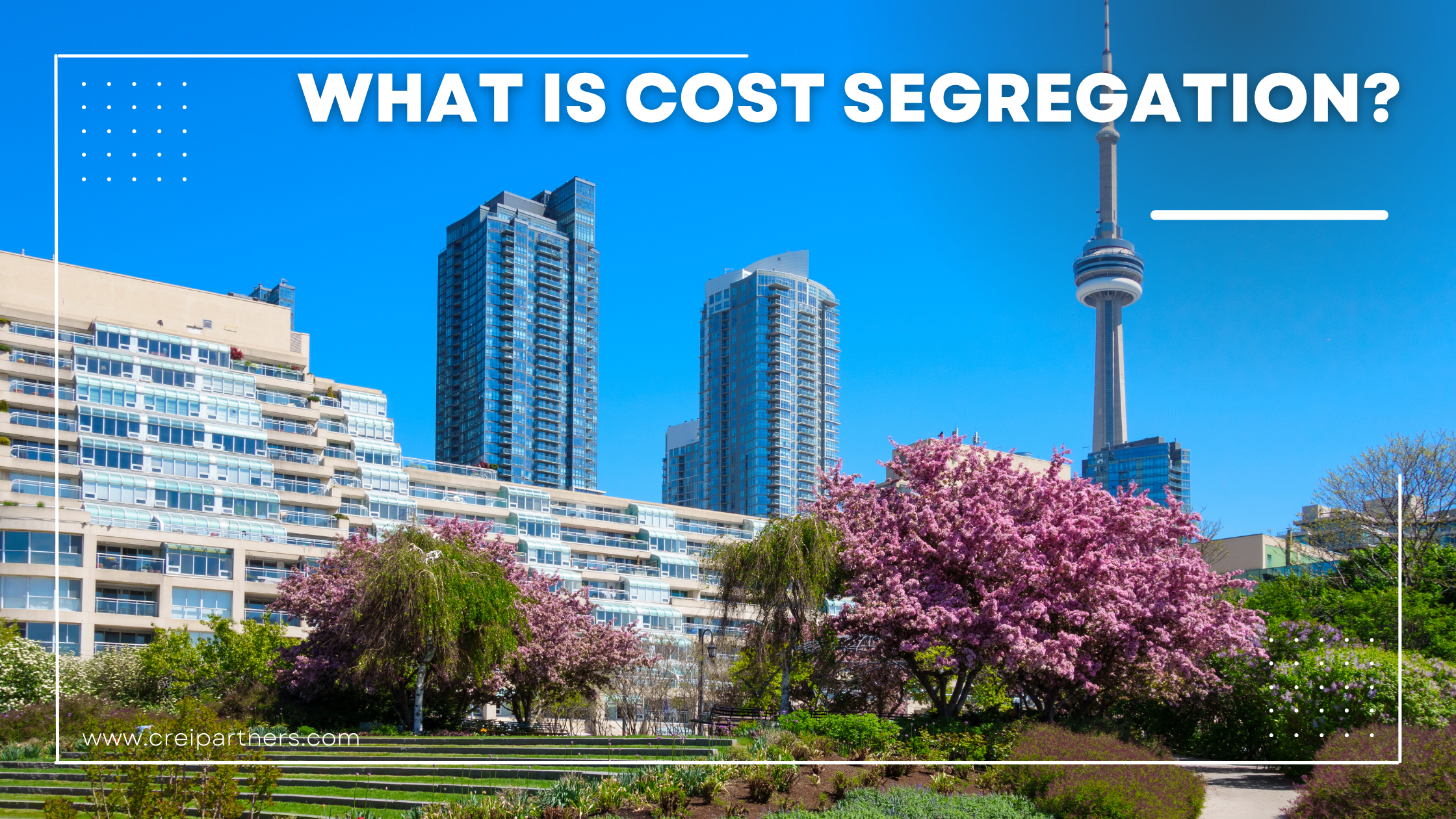
What is Cost Segregation?
Cost segregation is a tax strategy that allows real estate investors who have acquired, built, or purchased real estate property to reduce their taxable income. In order to take advantage of this strategy, a professional ‘cost segregation study’ or a ‘segregation analysis’ should be completed on the property.
In order to understand the process, it is important to know the definition of 1245 and 1250 properties.
1245 property is known as “tangible” or “personal” property. Personal property does not include a building or any of the structural components of a building. A few examples of 1245 property includes furniture, fixtures & equipment, carpet, decorative light fixtures, and electrical costs that serve telephones and data outlets.
1250 property is generally described as “real property,” and it has further been defined as “all depreciable property that is not 1245 property.” When the term real property is used, it generally means the structural components of a building. These elements include the exterior walls, windows, floors, stairs, elevators, doors, and roof. Real property also includes permanent elements such as fire protection systems, plumbing, electrical, heating, ventilating, and air conditioning systems, and other assets in the building that are permanent in nature.
There are many instances where one could justify an item being categorized as personal property as opposed to real property. It is essential to have assistance from a professional to differentiate the costs of your building for depreciation purposes.

 Subscribe to our newsletter so you never miss out on new investment opportunities, podcasts, blogs, news and events.
Subscribe to our newsletter so you never miss out on new investment opportunities, podcasts, blogs, news and events.